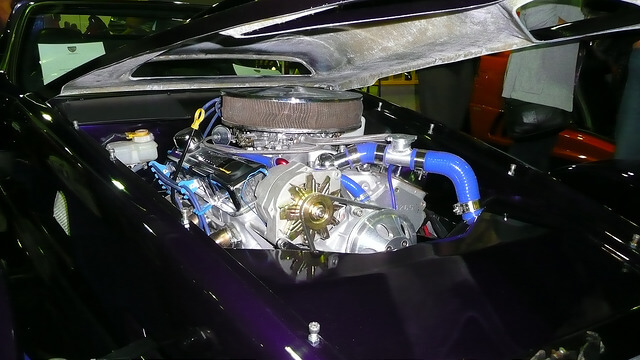Take a solid alloy Mercedes engine block. Add some Ford cylinders that are slightly too small. Wrap around some Honda rings that are slightly too large. Fit Toyota spark plugs that don’t synch with the combustion cycle. And finally throw in some Mobil gas with the wrong vapour mix.
What have you got?
You’ve got a metaphor for the typical corporation’s Operations Division. It works, sort of. But it’s horribly inefficient and it will break down completely if any load is placed upon it.
Most operations and back-office teams get the work done, eventually. But too often they are more like a motley collection of individuals than a smooth-running team machine. The employees were hired without any regard for whether or not their underlying talent was a match for the needs of the work group. Let’s look at what all that inefficiency means.
- Staff are restive because they can’t achieve what they were hired for
- Management spend more time hiring than doing
- Other divisions are slowed down as a consequence
- A fortune is spent on external consultants to fix the problem
- Company profitability vanishes like a dream at waking
Yet the cause of the problem is completely avoidable. Staff were recruited for their skillsets and experience but without any thought for how they would fit in the team. It was assumed that they would all just ‘get along’ and work together in harmony. Yet if you looked back in time at that operations division, you would find it never worked in harmony. The current management is repeating the failed hiring practices of the past and hoping that somehow the outcome will be different.
It’s a faint hope.
The good news however is that there is genuine hope for the future. Over the last decade or so research in businesses has developed and perfected an entirely new science. Teaming science. As more and more valuable work is performed by teams, not individuals, teaming science is bubbling to the top of the agenda in boardrooms everywhere. Among other things, the science has revealed that an individual’s natural strengths and talent – that huge part of us which is invisible – is far more important to our effectiveness at work than our learned skills.
Method Teaming© is the best developed example of teaming science. It has been rigorously tested in both Fortune 100 corporations as well as smaller enterprises and found to be 99.7% accurate. Method Teaming will help you build work teams that
- Have high levels of engagement (job satisfaction)
- Have low levels of staff turnover
- Are easily managed
- Are an inspiration to the rest of the company
and here’s the best bit: they will be 28% more productive on average. What would it mean to you if your team could up their output by 28% and be a lot happier? It would be more significant than assembling a kit car in your garage, am I right?
Which brings us back to the Mercedes engine. It’s still there on the block waiting to be finised. You can buy new parts from the store where the labels on the box have the one-word description you’re looking for. Or you can select parts that are a mission-perfect fit for that particular engine and intended to synch with the whole.
The correct answer is fairly obvious.
But once you’ve finished making the kit car and you go back to the office, how are you going to build your team: failed hiring practices of the past or a proven science-based process?


